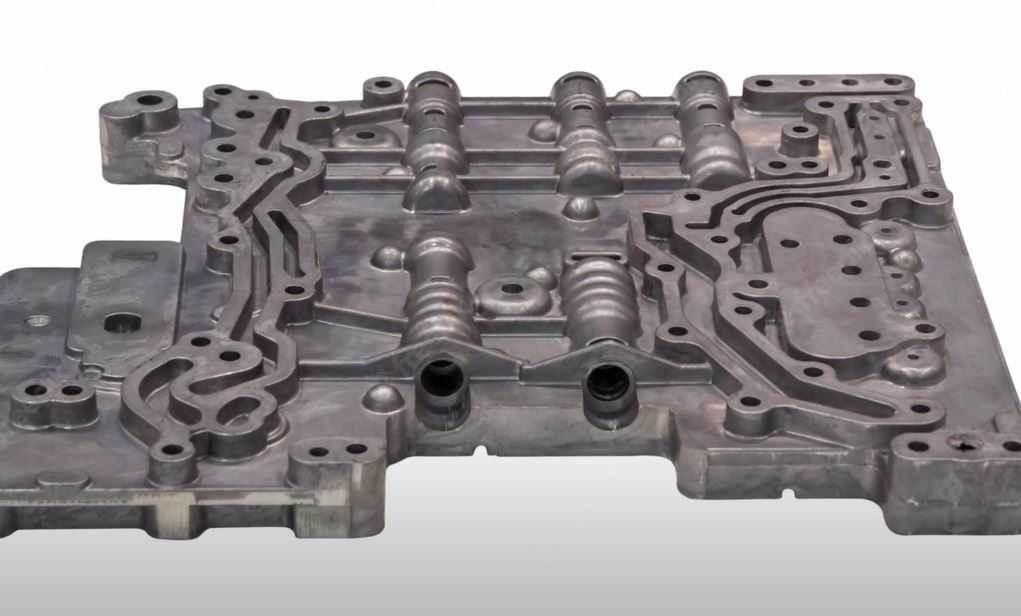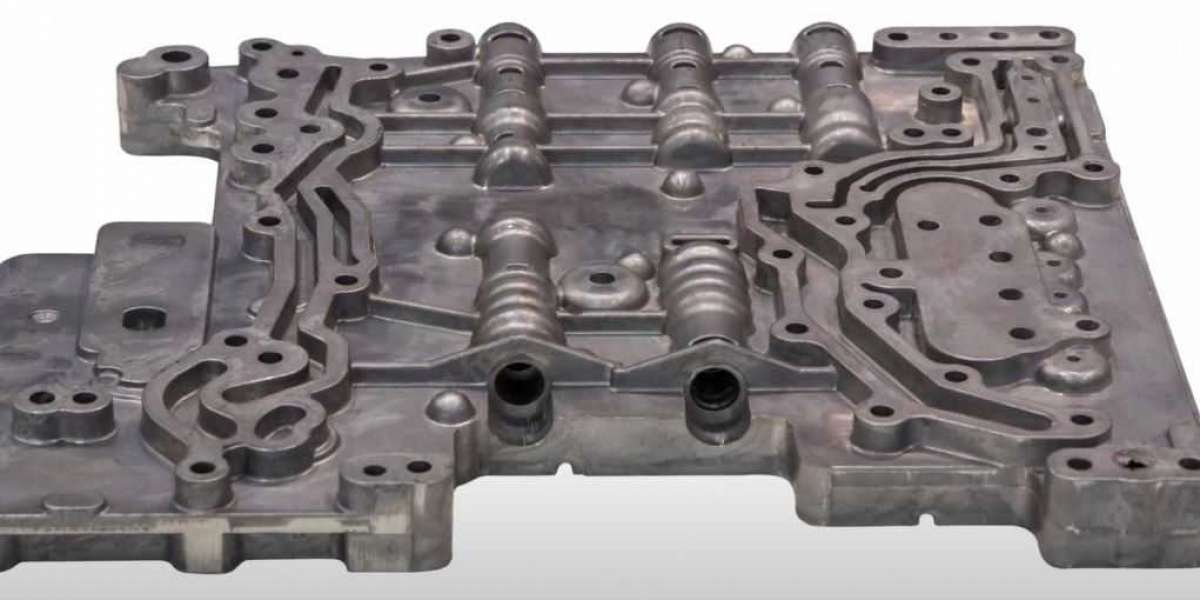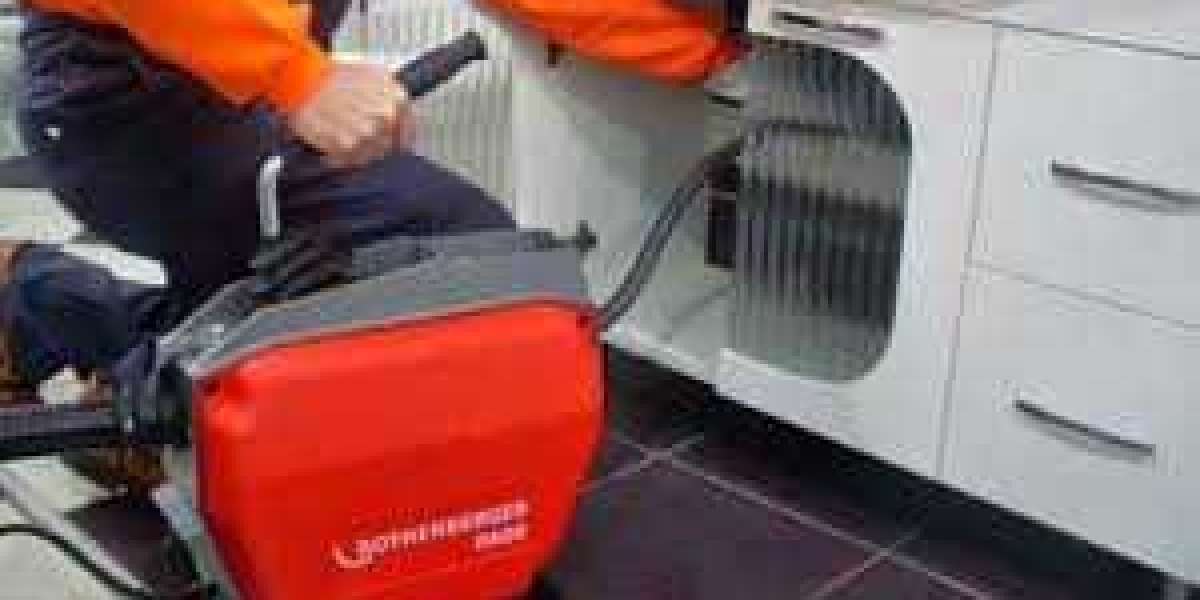Porosity is a common issue faced in pressure die casting processes. It refers to small internal gas holes or voids in the cast parts. While a little porosity may be acceptable, excessive porosity can compromise the structural integrity and performance of die cast components. Here are some effective ways to minimize and manage porosity:
Reduce Gas Content in Molten Metal
The main cause of porosity is trapped gases in the molten metal. Carefully controlling melt processing helps remove gases through techniques like degassing, filtering and protecting the melt from reoxidation. Superheated melts also release more dissolved gases before solidification.
Optimization of Gating and Risering Systems
Proper gating and risering designs allow smooth filling of the die cavity and escape of gases. Computer simulations can analyze filling patterns and suggest improvements. Experience also helps finetune systems over time.
Case Study: Auto Components Manufacturer
A supplier struggled with porosity in brake housing castings. Implementing customized Top-Fill degassing and optimizing gating with 3D printing trials significantly reduced porosity from 5% to less than 1%. Throughput improved by 25% with higher-quality parts.
Process Parameter Control
Die temperature, melt temperature, injection velocity and holding pressure directly impact porosity levels. Narrow tolerances on these ensure consistent process conditions from shot to shot.
Modifications to the Melt Health
Adding inert gases, micro-alloying additions and lubricants to the melt can also help reduce porosity formation in difficult-to-fill applications and alloys.
A holistic approach evaluating melt treatment, die design, process controls and modifications is needed to optimize castings for minimal porosity. This improves dimensional accuracy and fatigue properties.

Inspection Methods for Detecting and Quantifying Porosity in Die Cast Parts
Besides process optimization, robust inspection methods are important to detect, analyze and quantify porosity levels in die casting components. Here are some commonly used inspection techniques:
Visual Inspection
Trained personnel examine parts using high-power lighting and magnification. Though subjective, it detects gross porosity. Large casting houses employ automated visual inspection systems for high throughput.
X-Ray Radiography
Case Study: An automotive giant routinely performs X-ray inspection of cylinder heads casted. This helped detect porosity formation trends over time, eventually linking it to a gate design issue. The issue was rectified, improving yield by 10%.
X-rays pass through the part and capture embedded porosity on imaging plates. It is non-contact but requires X-ray exposure facilities. Digital radioscopy systems provide faster results.
Computed Tomography (CT) Scanning
CT scanning produces 3D renderings of internal pores within thick castings. A aerospace turbine manufacturer thoroughly scans all components using CT to ensure less than 0.2% porosity levels as per specifications.
Dye Penetrant Testing
The part surface is washed with a penetrant solution, which seeps into open pores. Excess is removed and developer applied to make pores visible. Used to detect surface breaking pores in aluminum castings.








